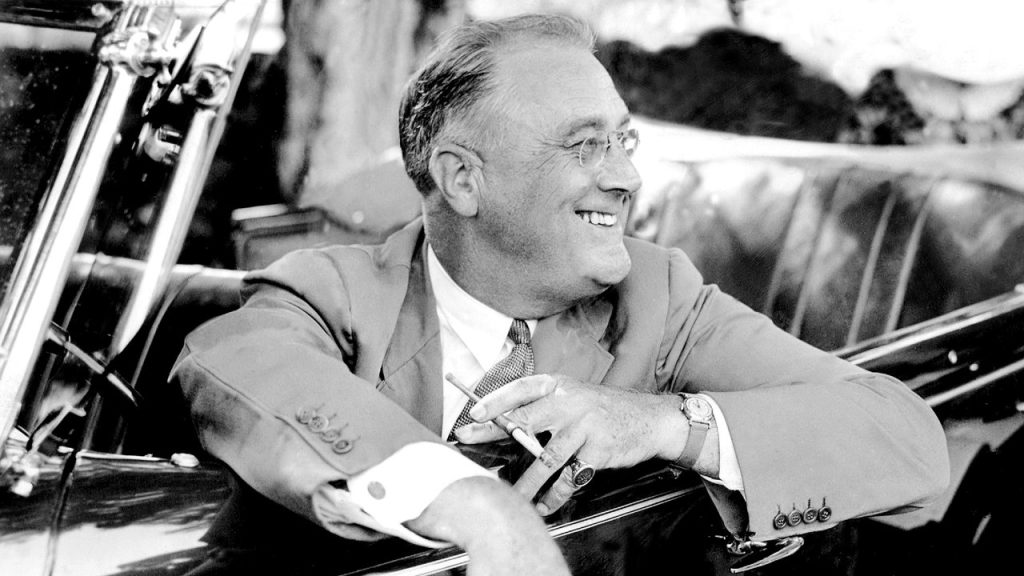Franklin Delano Roosevelt, the 32nd President of the United States, held the office for an unprecedented twelve years, a period encompassing both times of prosperity and profound national and global crises. Throughout his tenure, particularly during his decade of Christmases spent in the White House, Roosevelt cultivated a series of cherished traditions that offered a sense of normalcy and continuity amidst the tumultuous backdrop of the Great Depression and World War II. These traditions, blending personal family customs with public ceremonies, provided a glimpse into the man behind the presidency, revealing a deep appreciation for the spirit of the season and a commitment to fostering unity and hope during challenging times.
Roosevelt’s connection to the land and nature played a significant role in his personal life, beginning long before his presidency. From his ancestral home in Hyde Park, New York, he embarked on a decades-long endeavor to reforest his estate, planting thousands of trees annually. This passion for cultivation extended to Christmas trees, some of which he even gifted to Winston Churchill, forging a symbolic link between the two Allied leaders during the dark days of World War II. This act of sharing a symbol of hope and renewal underscores the importance Roosevelt placed on both personal relationships and the enduring power of tradition.
Christmas at the White House during the Roosevelt years was a grand affair, carefully orchestrated to celebrate the season while also acknowledging the prevailing national mood. The annual Christmas Eve party, hosted by the President and First Lady for White House staff, served as a gesture of appreciation for their service and a moment of shared festivity. The lighting of the National Christmas Tree, a tradition imbued with symbolic significance, stood as a beacon of hope and resilience for the nation, particularly during the war years. These public ceremonies, combined with private family gatherings, created a tapestry of Christmas traditions that reflected both the grandeur of the presidency and the warmth of family life.
Roosevelt’s Christmas mornings were typically spent with his family, attending religious services and sharing the joy of gift-giving with his grandchildren. The traditional Christmas feast was a lavish affair, boasting a menu of classic holiday dishes, including roasted turkey, chestnut dressing, cranberry sauce, and an array of desserts like plum pudding and eggnog. These intimate moments provided a much-needed respite from the pressures of office and allowed Roosevelt to reconnect with his loved ones, reinforcing the importance of family bonds amidst the challenges of leading a nation through extraordinary times.
The impact of global events inevitably shaped the character of Christmas celebrations during Roosevelt’s presidency. The Great Depression cast a long shadow over the early years of his administration, necessitating a more subdued approach to holiday festivities. Later, the outbreak of World War II profoundly altered the landscape of Christmas at the White House. With four of his sons serving in the armed forces, Roosevelt’s family was scattered across the globe, mirroring the experience of countless American families separated by the war. The gifts exchanged during White House holiday gatherings reflected the wartime realities, shifting from traditional presents to war savings bonds and scrolls bearing the President’s D-Day prayer, underscoring the shared sacrifices being made across the nation.
Roosevelt’s final Christmas message, delivered from his beloved Hyde Park in 1944, resonated with a profound sense of hope and anticipation for lasting peace. His words, expressing a prayer for a “new day of peace on earth,” captured the yearning of a war-weary world for a return to normalcy and the promise of a brighter future. This message, delivered just months before his death, served as a testament to his unwavering faith in the human spirit and his enduring commitment to the ideals of peace and unity, values intrinsically linked to the spirit of Christmas. His legacy of Christmas traditions, shaped by both personal joys and national struggles, stands as a poignant reminder of the importance of hope, resilience, and the enduring power of the human spirit, especially during times of adversity.

